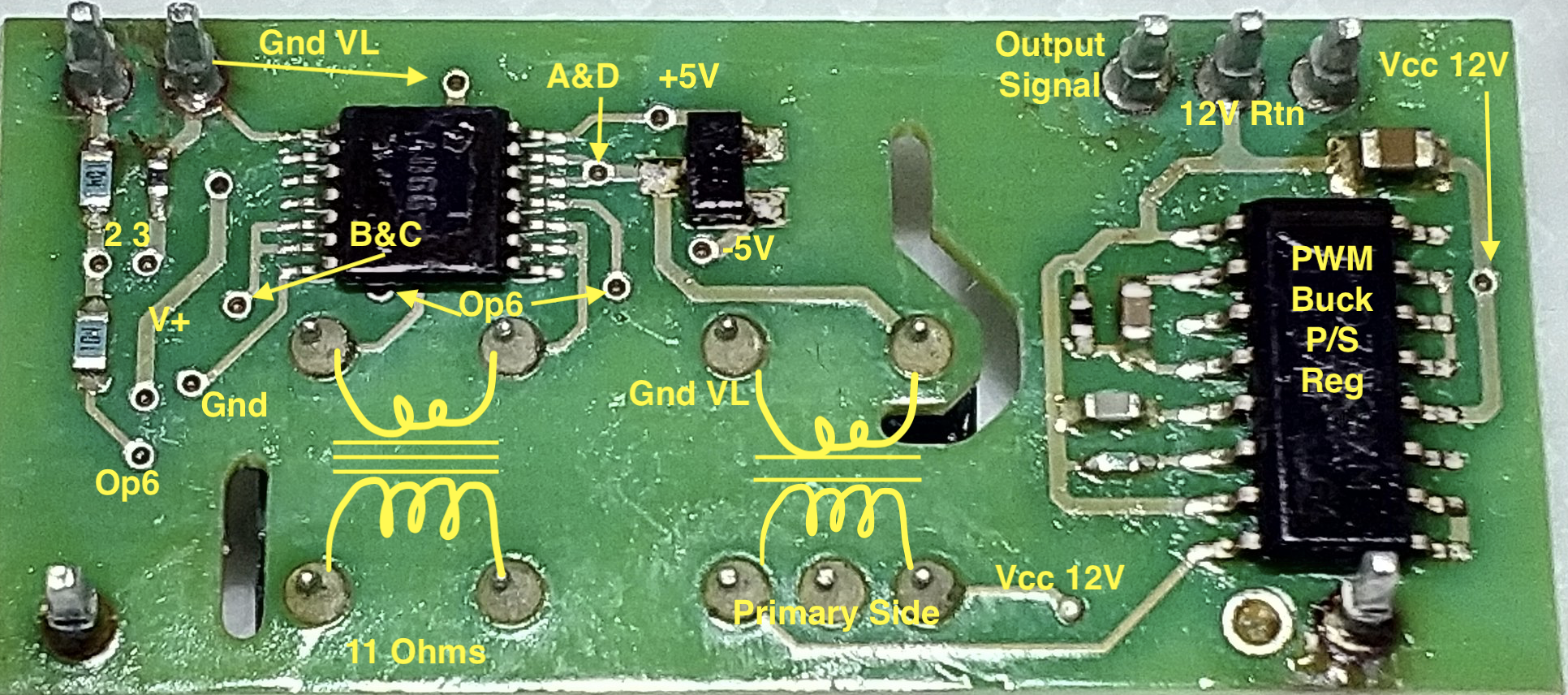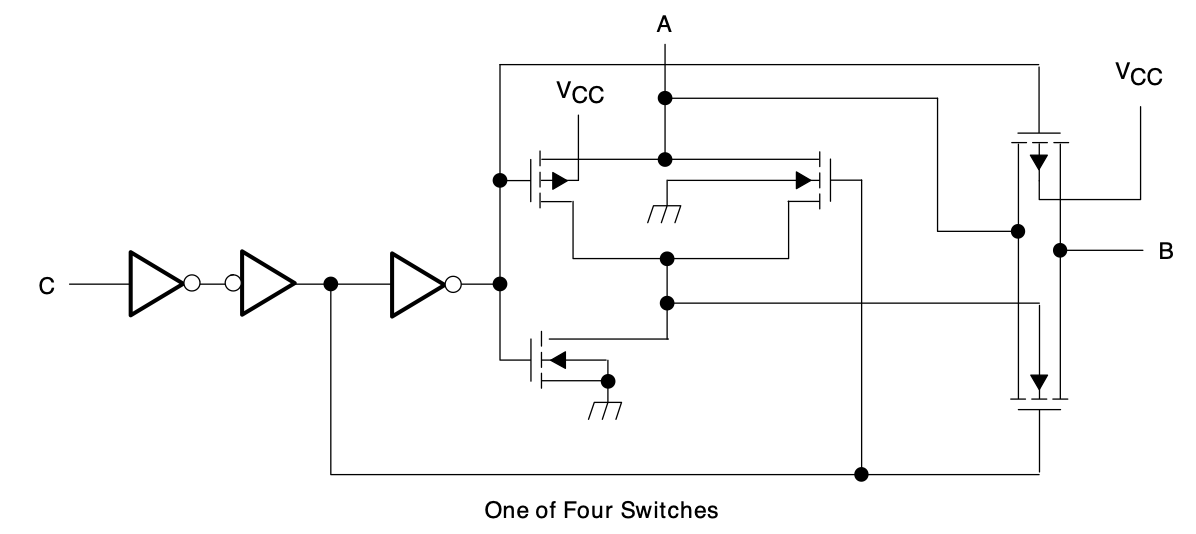Good afternoon,
I have ordered hopefully the correct specifications from RS components, my shopping list is below
Toshiba TC4066BFT(N) Multiplexer Quad SPST 12 V, 15 V, 5 V, 9 V, 14-Pin TSSOP
Stock no.:663-4292
Qty:5
Texas Instruments TL494IDR, PWM Controller, 40 V, 300 kHz 16-Pin, SOIC
Stock no.:661-6875
Qty:5
ON Semiconductor MC74HC1G04DTT1G CMOS Inverter, 5-Pin TSOP
Stock no.:806-1460
Qty:100
Is there any chance of telling me the capaciatance of the tow above pin 3, the return signal? Im sure the upper one is 10nf (103) but I may have miss measured the lower one and now lost it....... its either 10nf (103) or 100nf (104) ?????????????????
Thanks again

























